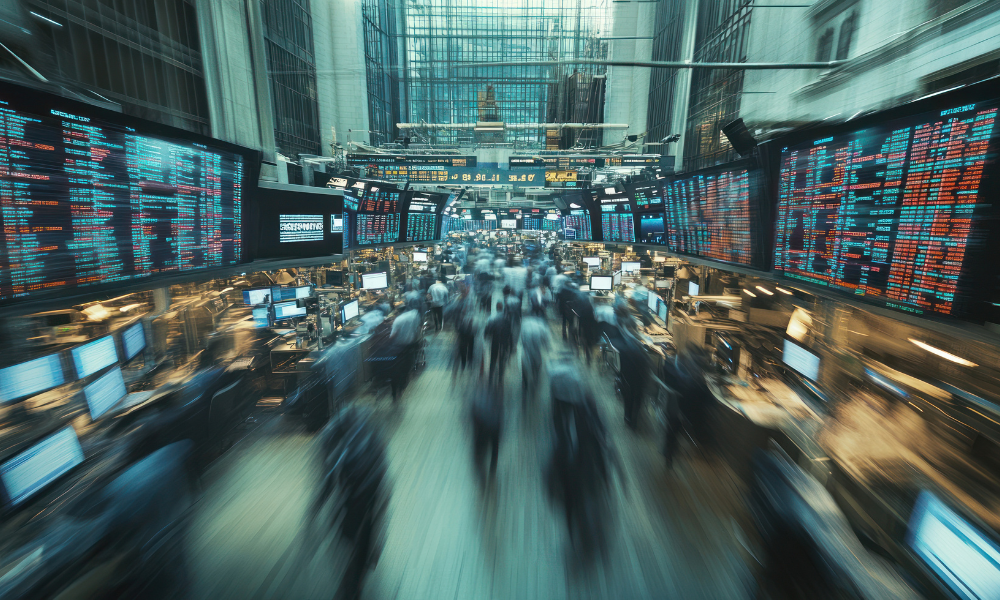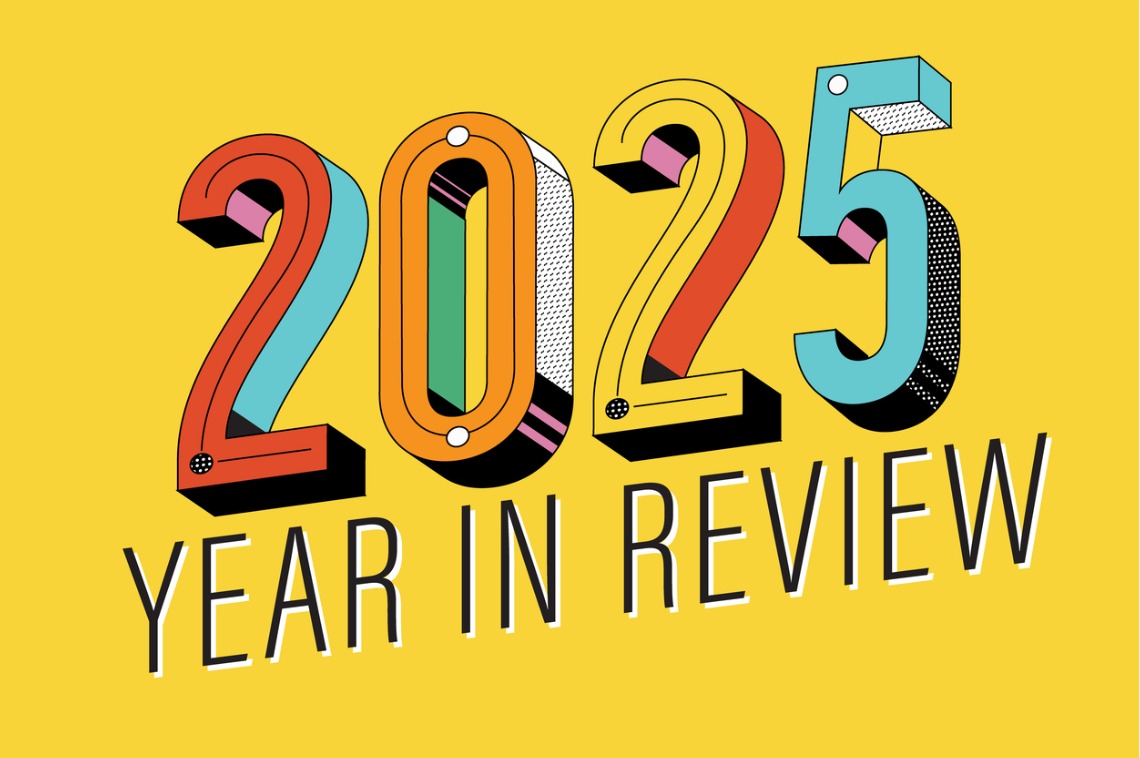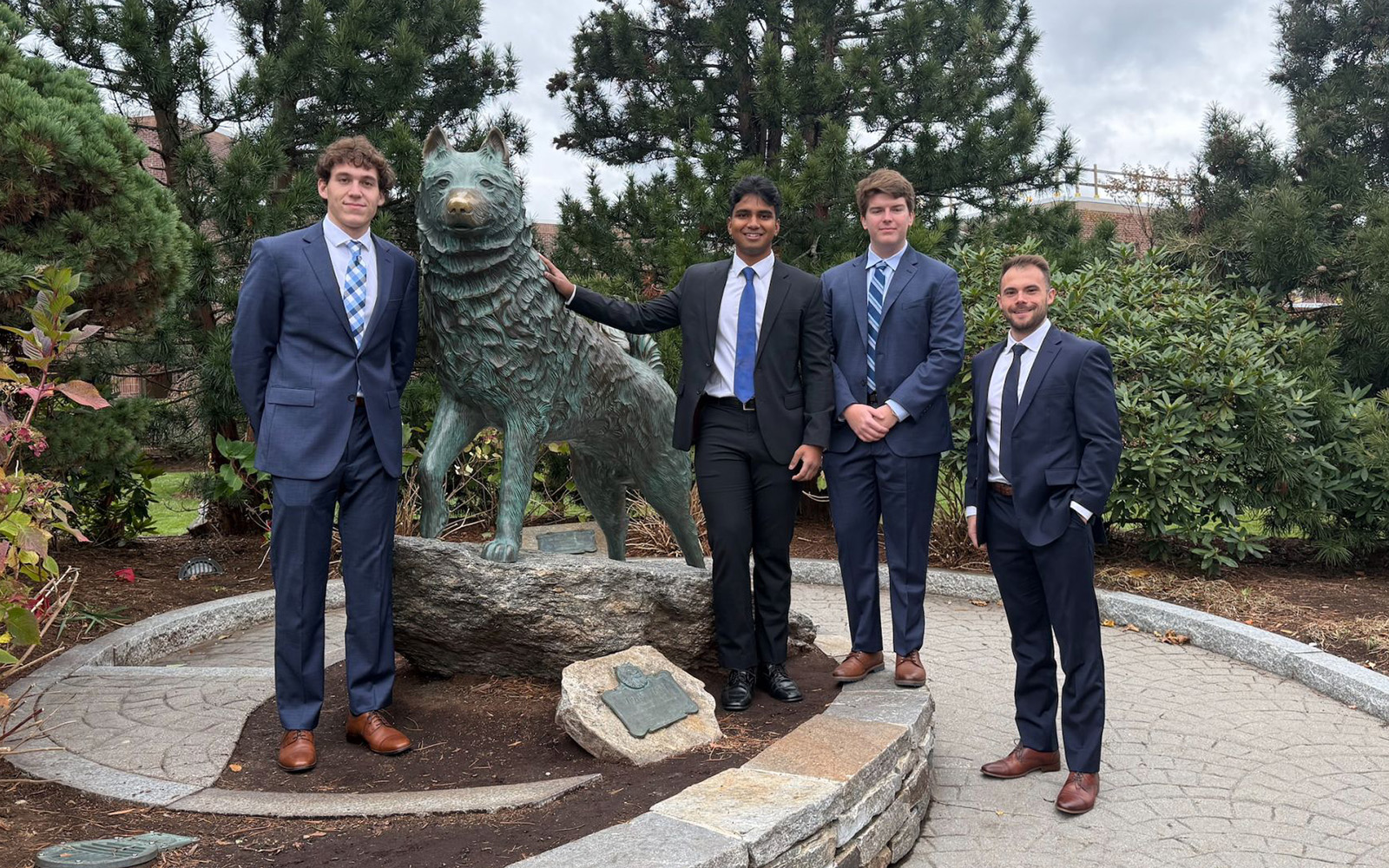R
eal estate photography has always been about precision, speed, and aesthetic intuition. Photographers are the unsung heroes behind listings that sell fast and above the asking price. However, as the housing market shifts faster than ever, the expectations for visual content have reached new heights. Artificial intelligence (AI) is now being used to help photographers move faster, polish better, and deliver more compelling images.
AI has evolved into an invisible assistant that helps with tedious tasks such as retouching and editing, freeing up time for photographers to focus on what they do best – capturing spaces with precision and artistry. AI doesn't replace the creative instinct of a photographer; it amplifies it.
Real estate photography processes were once challenging due to tight deadlines, demanding clients, and repetitive tasks like editing and staging. However, AI has made it possible to streamline these processes, saving time without compromising quality.
AI HomeDesign is a platform that offers virtual staging, photo editing, and other tools to help photographers enhance their workflow. With AI Virtual Staging, empty homes can be furnished in minutes, and clutter removal can be done automatically. The platform also offers unlimited free regenerations, allowing photographers to tweak and re-imagine images until they feel just right.
AI Photo Editing is another feature that enhances the finishing touches of an image, making it shine with clean, polished photos in seconds. AI Day to Dusk conversions, item removal, lighting adjustments, and detail enhancements are some of the tools available on AI HomeDesign.
To integrate AI into their workflow, photographers can start by experimenting with small tasks such as converting exteriors to golden hour shots or removing clutter from busy room shots. Many AI platforms offer free trials, allowing photographers to test and compare AI output to manual edits.
Best practices for maintaining quality and consistency include setting visual standards, reviewing before delivery, using AI as an assistant, not a replacement, and keeping learning. By embracing AI innovations, photographers can stay ahead of the curve and deliver visuals that truly sell.
The future of real estate photography is entering a golden age of visual innovation, with emerging trends such as 3D modeling, virtual walkthroughs, style-consistent batch editing, and AI-driven personalization. Photographers who explore these tools early and use them strategically will have an edge in the market. By embracing AI innovations, photographers can elevate their craft and deliver beautiful, meaningful, and market-moving imagery.














